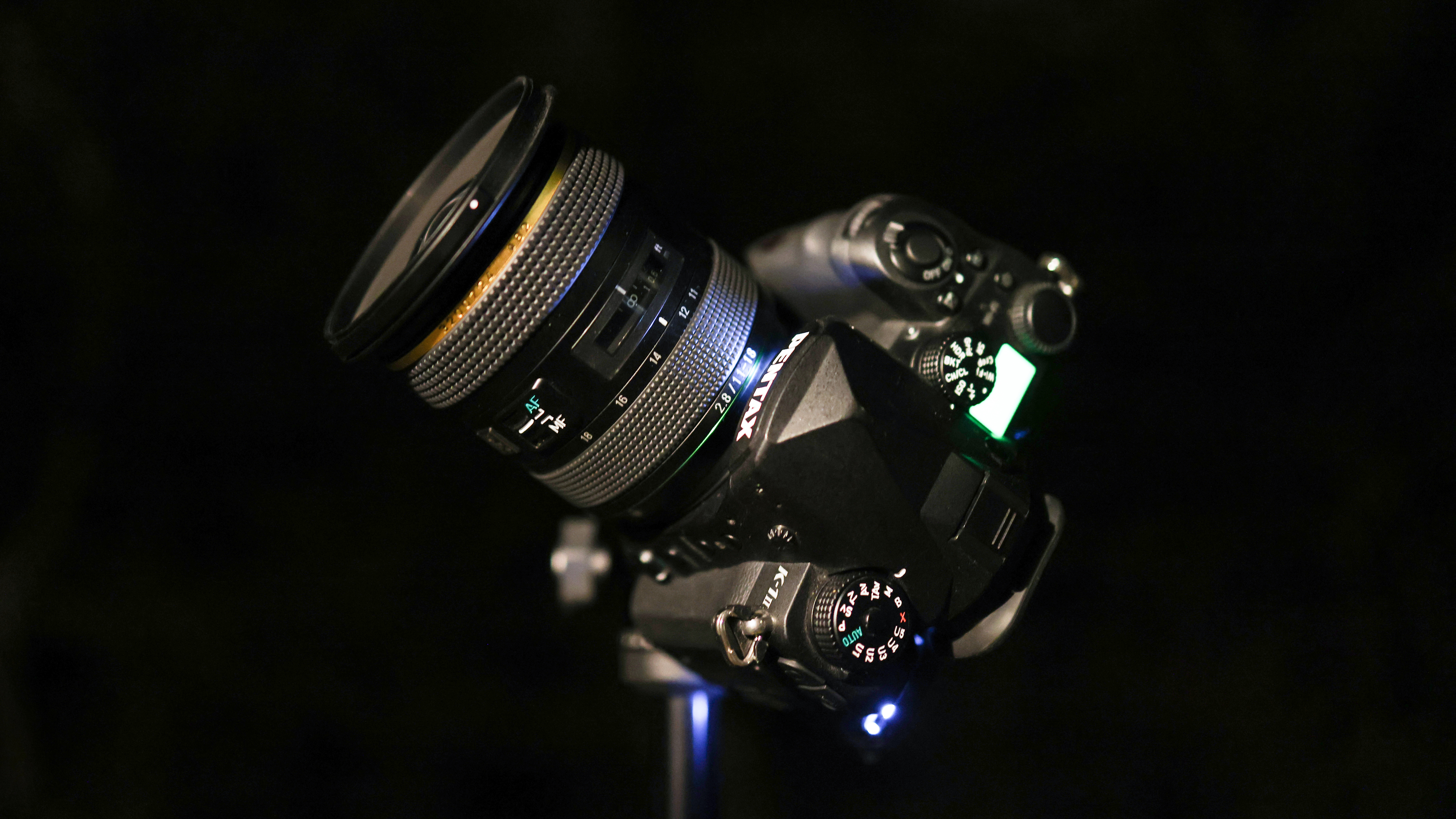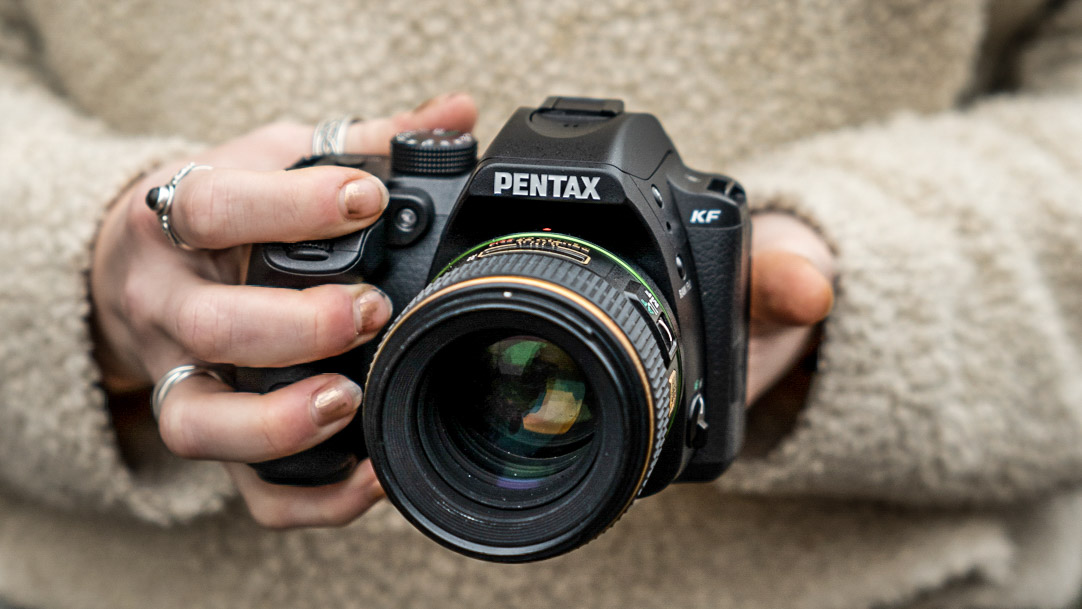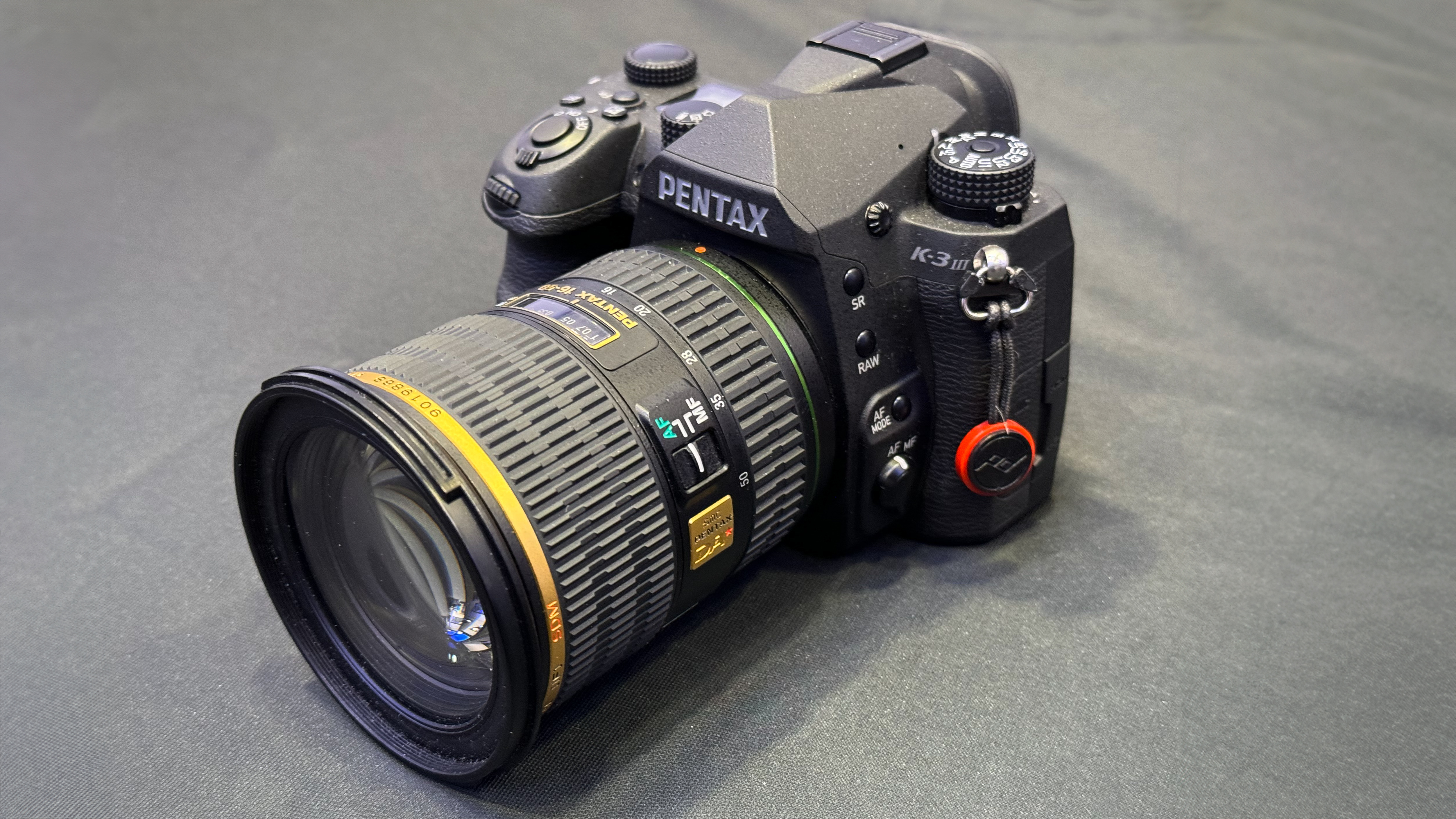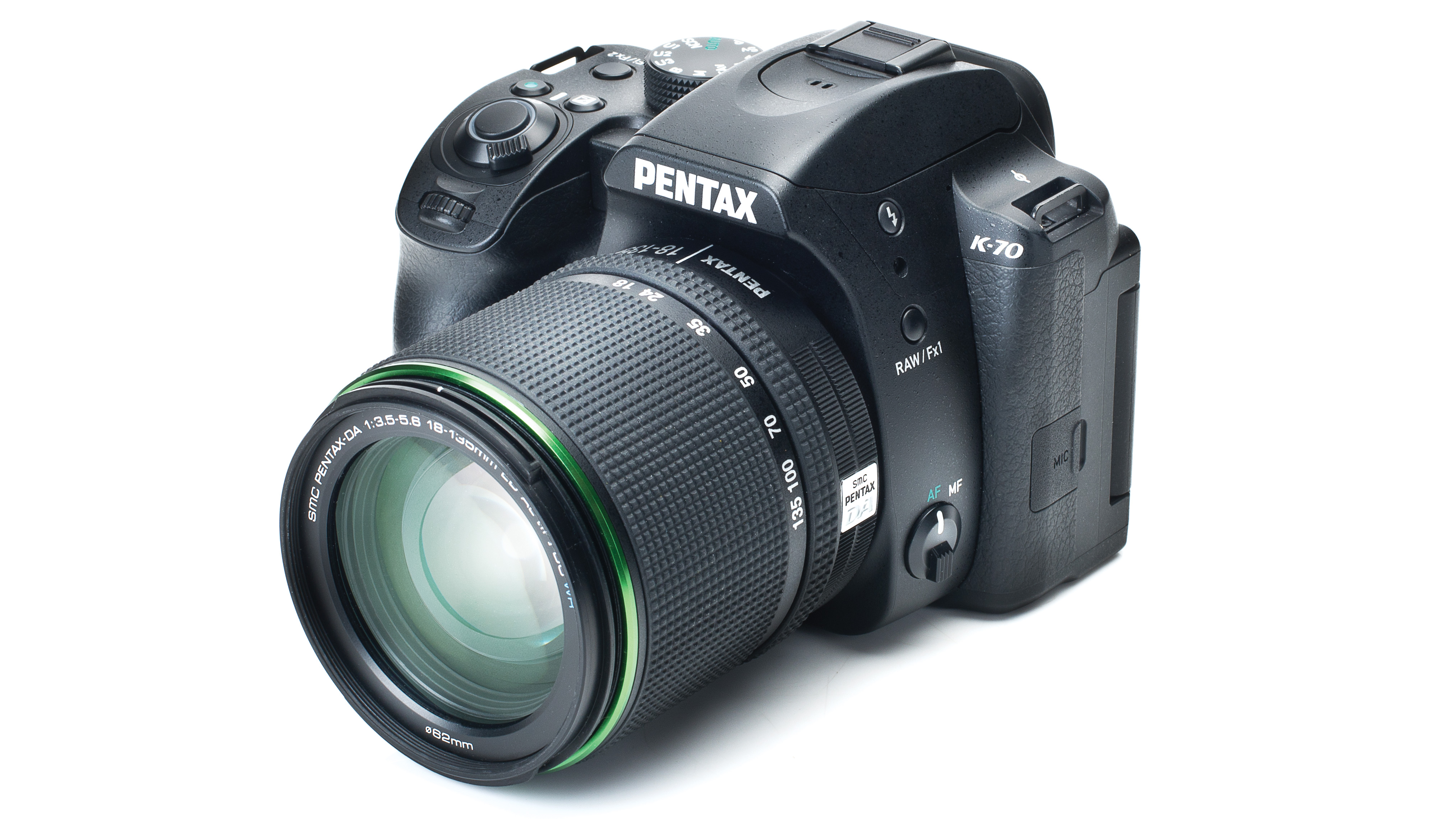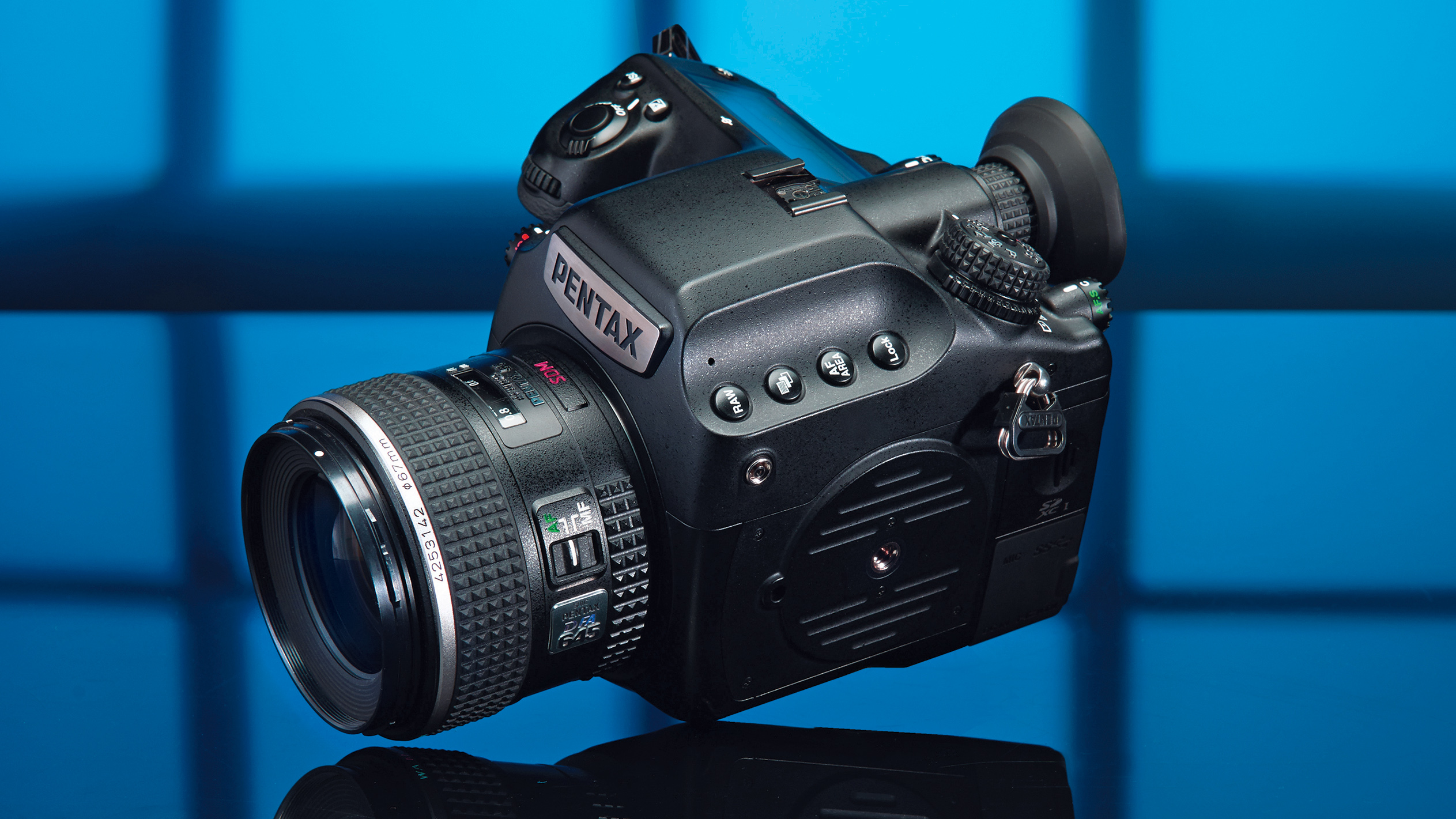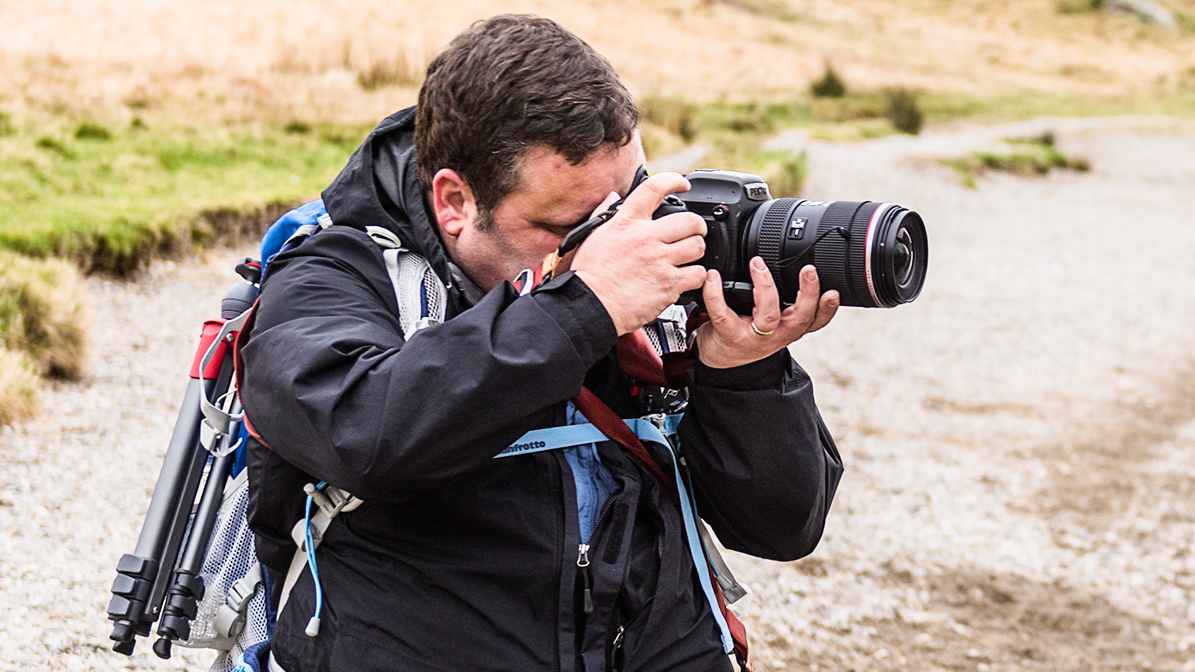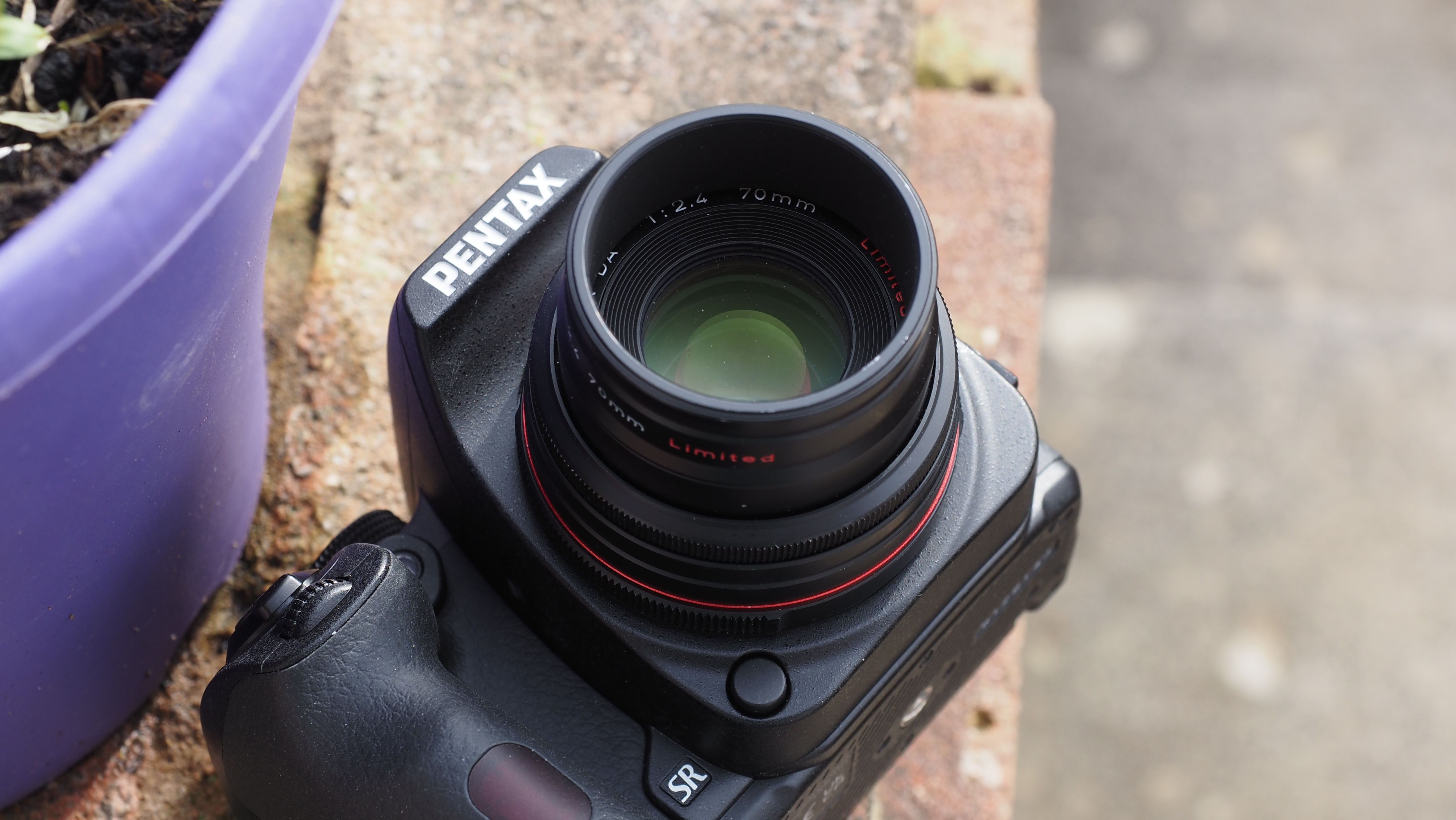The best Pentax cameras in 2025: from APS-C to full frame and medium format
Looking for the best Pentax camera to buy? You’ve come to the right place as we list our top Pentax camera recommendations
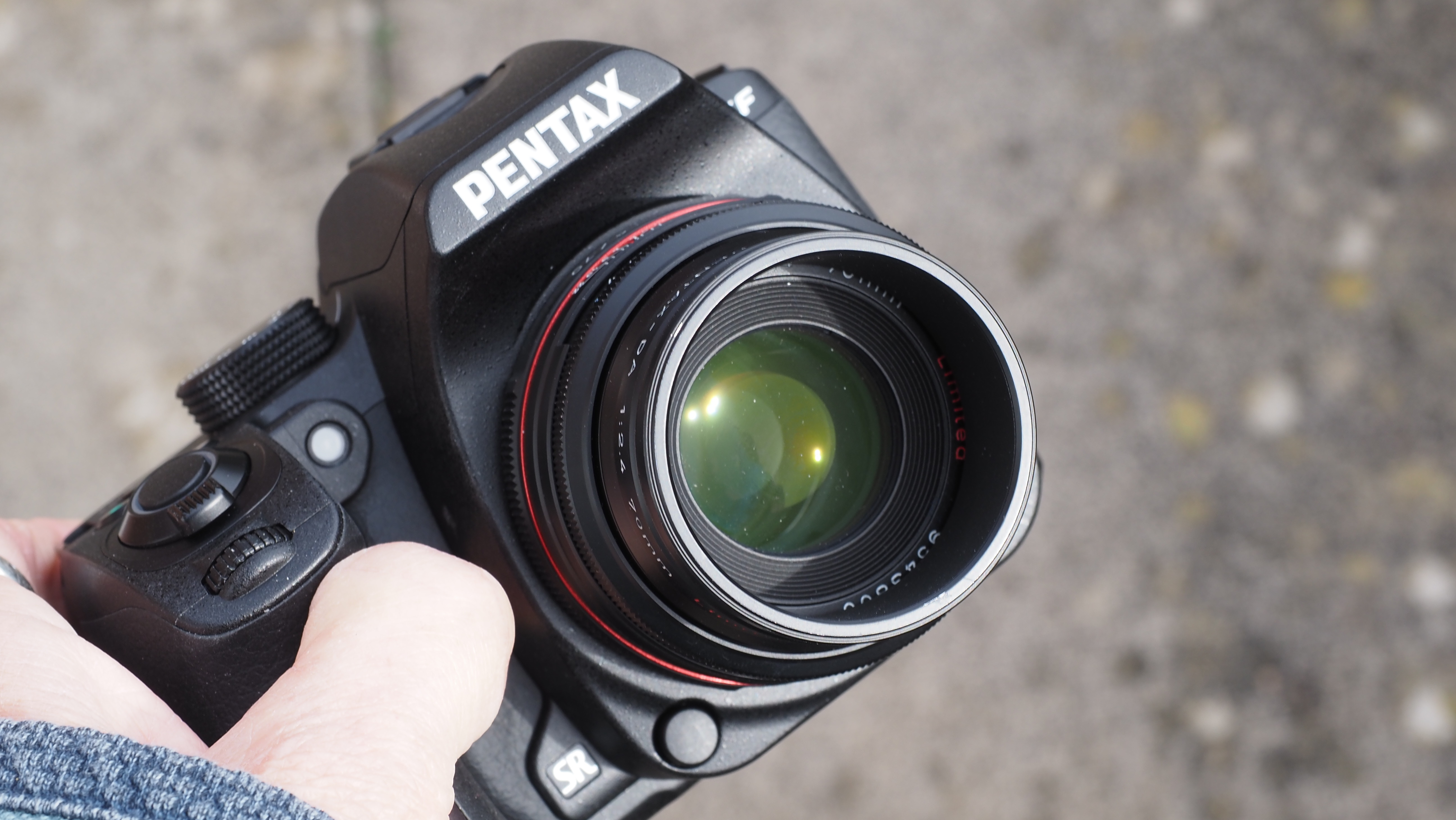
The best Pentax cameras are still much-loved by certain photographers. While other manufacturers have almost universally moved to prioritise mirrorless, Pentax (under the stewardship of Ricoh) is still flying the flag for DSLRs. So, if you prefer the handling, heft and optical viewfinder of a DSLR, Pentax is the place to be.
I've focused specifically on DSLRs (and one medium format) for this guide, meaning you won't see film cameras like the Pentax 17, or any of the firm's small-sensor waterproof cameras like the Pentax WG-90. The cameras on this list have all been tested and rated by our review team, and if you pair them with the best Pentax K-mount lenses, they're capable of producing stunning images.
Many of the cameras on this list can be bought new, while some will require you to shop second hand (where there's excellent value to be had). I've ranked them all by quality, features and value for money, to help you find the right Pentax camera for you.

Gareth is the Reviews Editor at Digital Camera World, and the person in charge of approving all the latest camera-related tech. With several years of experience as a photographer and videographer, shooting for some household names, he has learned a thing or two about cameras and the photography industry.
The Quick List
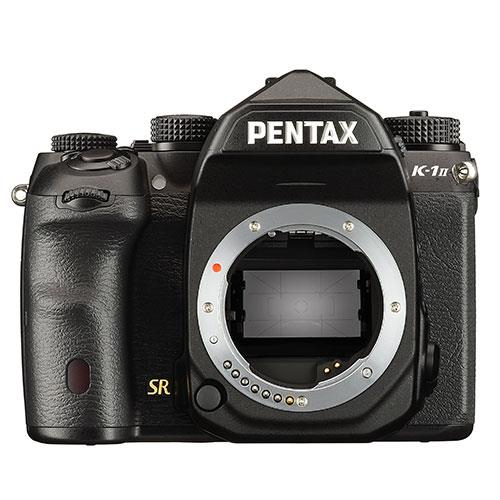
A classic DSLR option for those looking for the best Pentax digital camera to buy, the K-1 Mark II packs in a lot of features while handling in a familiar manner for photo enthusiasts.
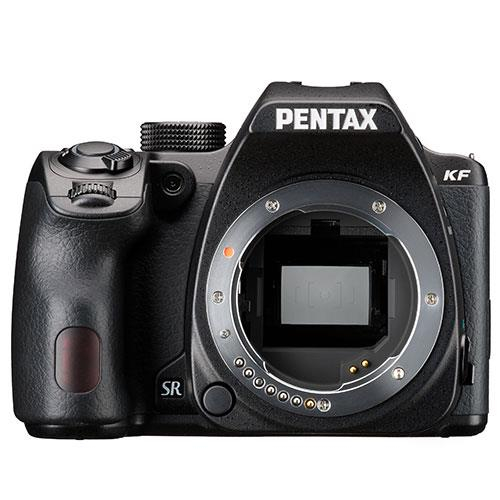
Eagle-eyed Pentax watchers will notice a lot of similarities between the older Pentax K-70 and the latest Pentax KF with only a couple of minor changes such as a higher-resolution LCD screen and a marginally lower weight.
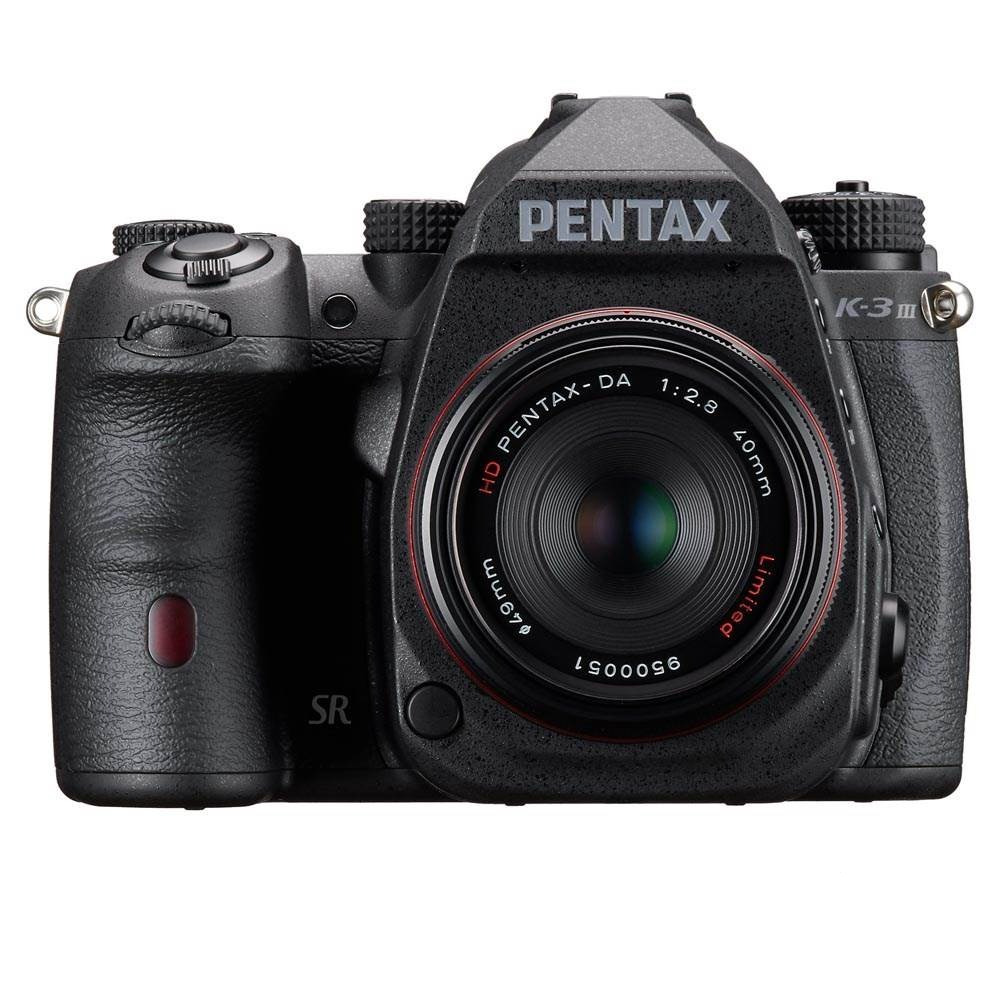
With a monochrome-only sensor, this specialized version of the K-3 Mark III produces images with brilliant detail and dynamic range. It's also both cheaper and more versatile than its main rivals from Leica, making it a winning choice for B&W lovers.
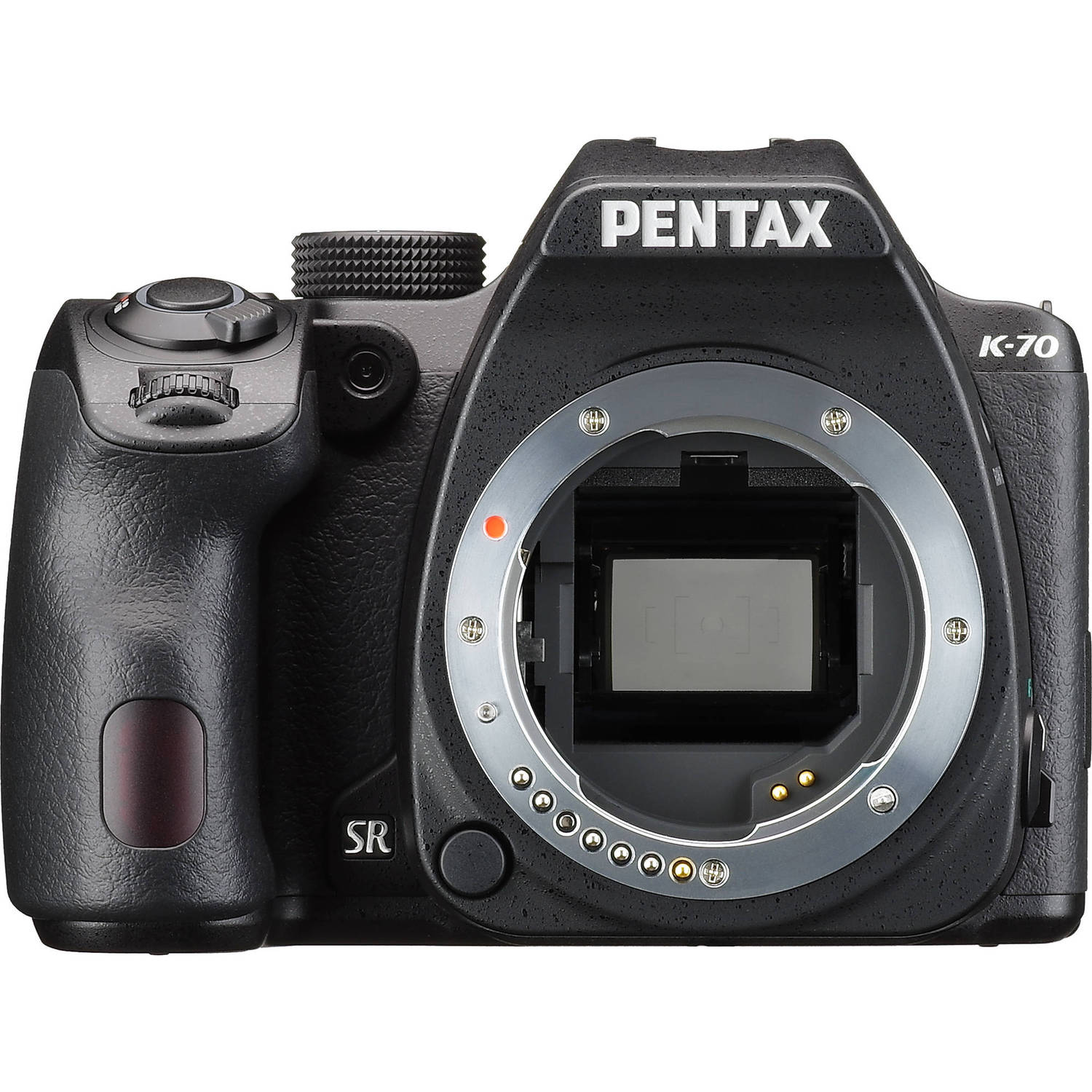
With the standard Pentax weather-resistant exterior and an on-board 4.5-stop IBIS system, the Pentax K-70 offers very impressive value for money to enthusiast photographers. Its battery life isn't the best in class, however.
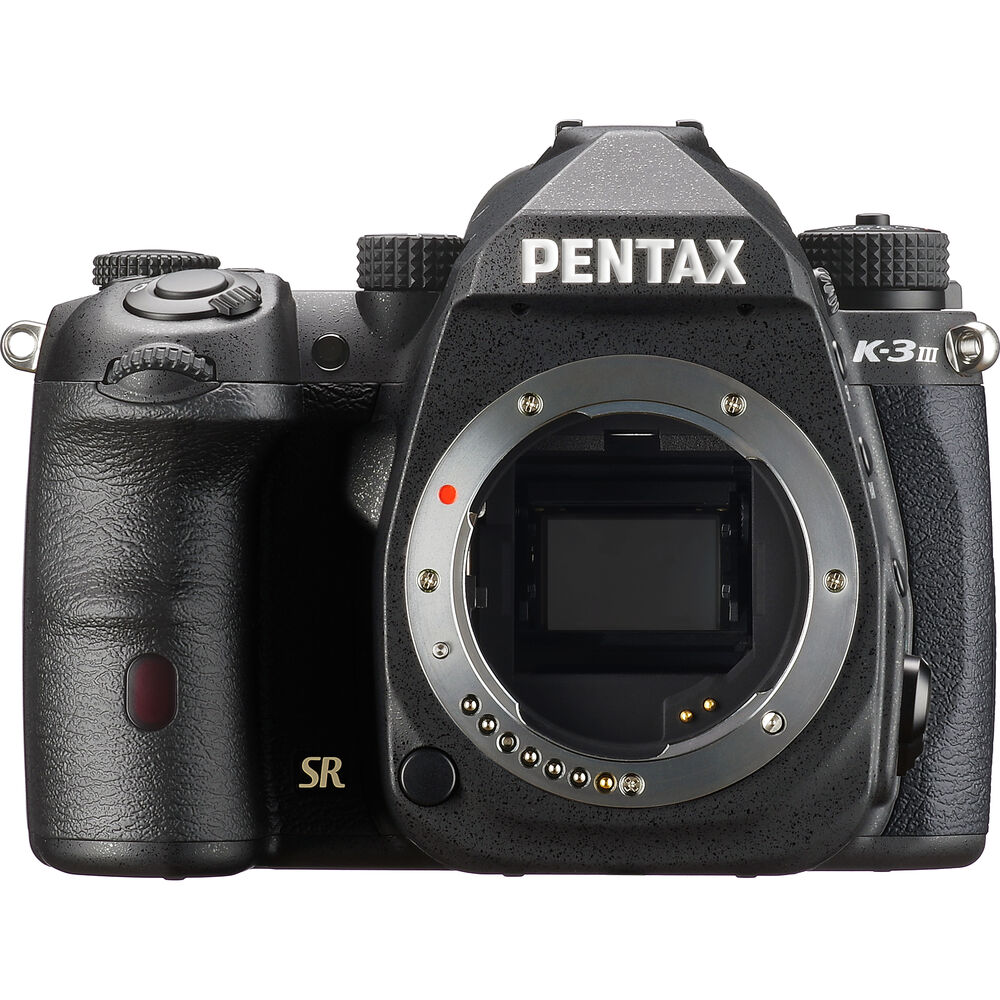
Pentax's mid-range DSLR with an APS-C sensor, the K-3 Mark III is an solid choice for enthusiasts, with two card slots, 5.5-stop in-body stabilisation and impressive high-ISO performance. Much more tempting now the price has come down.
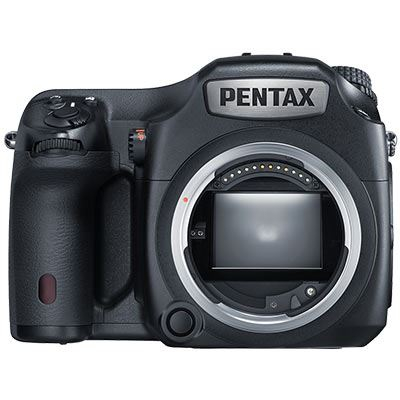
If it’s a high-resolution Pentax camera you need above all else, this medium format option handles a bit like a bigger version of Pentax’s K-3 DSLR – which means it’s not overly daunting for those making the step up. Now only available secondhand.
Best Pentax cameras
Why you can trust Digital Camera World
The best Pentax camera overall
Specifications
Reasons to buy
Reasons to avoid
✅ You want a high-resolution, full-frame sensor: The K-1 II has 36MP at its disposal, and quality can be pushed further with Pixel-Shift modes.
✅ You want tactile physical controls: The larger body of the K-1 II supports plenty of physical control dials for satisfying handling.
❌ You're shooting fast-moving subjects: It has a fairly pedestrian burst rate and no phase-detection AF – there are faster options on this list.
❌ You want 4K video: No such luck here (though, truthfully, if video is a high priority, Pentax isn't the brand to choose).
A classic DSLR option for those looking for the best Pentax digital camera to buy, the K-1 Mark II packs in a lot of features while handling in a familiar manner for photo enthusiasts.
This being a Pentax, we get built-in shake-reduction (something you'll see a fair amount on this list, but the real selling point here is the full frame sensor with its 36.4 million pixel resolution. Something else we found impressive when we reviewed the camera was the ‘scissor action’ articulating rear screen and extended exposure modes, along with two SD card slots.
It’s not all great news; the camera offers only a modest 4.4 fps maximum burst speed when shooting in full frame, which, while adequate, won’t impress sports or action photographers. There’s also no hybrid phase-detection AF system for its live view mode and ‘only’ Full HD video capability rather than 4K, but we are blessed by the same accurate and well-performing 33-point AF system as its predecessor.
Ultimately though, excellent image quality at an affordable price is what you’ll be buying this flagship Pentax DSLR for, and that makes it our top pick for the majority of photographers.
Read more: Pentax K-1 Mark II review
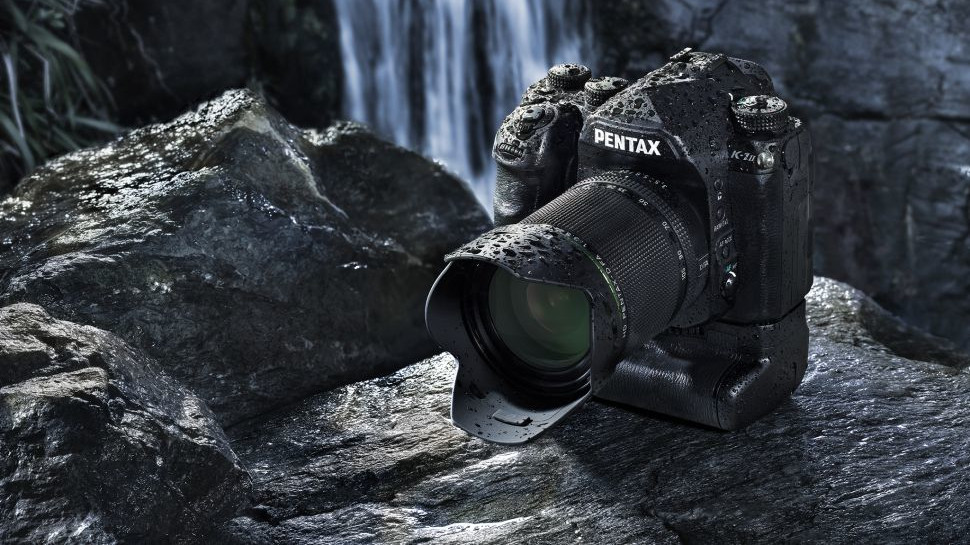
The best Pentax camera for beginners
Specifications
Reasons to buy
Reasons to avoid
✅ You want a relatively small, light DSLR: This is one of Pentax's smaller camera designs (though still chunky compared to mirrorless.)
✅ You want a flip-out vari-angle screen: The versatile high-res LCD expands your compositional options.
❌ You own a K-70, or find one going cheap: This is a very similar camera to the older K-70, which you may find cheaper second-hand.
Eagle-eyed Pentax watchers will notice a lot of similarities between the older Pentax K-70 and the latest Pentax KF with only a couple of minor changes such as a higher-resolution LCD screen and a marginally lower weight.
As a mid-range model aimed at enthusiast photographers, the Pentax KF ticks all the right boxes without setting the world on fire. Combining a Hybrid AF in Live View, with 4.5 stops of image stabilization, a built-in flash, bulb mode, and an articulating screen, this is a very versatile photography first camera.
Designed and built with classic Pentax steadfastness, the Pentax KF is tough and weather-sealed with water and dustproofing and provides dependable cold-proof performance down to as low as 14°F (-10°C). As far as APS-C Pentax DSLRs go, it's one of the most affordable you'll be able to buy new – however, as mentioned, it's a very, very similar proposition to the older Pentax K-70 (featured further down), which you may be able to find for a good price second-hand.
Read more: Pentax KF review
Best monochrome Pentax camera
Specifications
Reasons to buy
Reasons to avoid
✅ You only shoot in black and white: By removing its color filter array, this DSLR delivers monochrome images with superior detail.
✅ You can't afford a Leica: While Leica's "Monochrom" cameras are stunning exemplars of the form, they're out of reach for most people.
❌ You're on a budget: "Cheaper than Leica" does not mean "cheap", and this is even more expensive than the overpriced K-3 Mark III.
❌ You might ever, even once, want to shoot a color image: Because it can't.
If you're someone whose primary interest is black-and-white photography, it makes sense to look at dedicated monochrome cameras like the Pentax K-3 Mark III Monochrome. It's essentially the same proposition as the Pentax K-3 Mark III featured above, with the same APS-C sensor – only the crucial difference is that the color filter array has been removed.
With no interpolation process required to make the final image, the camera is able to capture photographs with sharper detail, lower noise, better low-light performance, and smoother tonal transitions.
This follows in the footsteps of popular Leica cameras like the Leica Q2 Monochrom and the Leica M11 Monochrom. However, as these are respectively a fixed-lens compact and a manual-focus rangefinder, the Pentax K-3 Mark III Monochrome still marks itself out as a unique prospect by virtue of being a DSLR with autofocus. Plus, it's about half the price (though still on the expensive side for an APS-C DSLR).
Producing sumptuously detailed and expressive images, this is one of the most accessible cameras on the market for monochrome enthusiasts.
See our full Pentax K-3 Mark III Monochrome review and read our guide to the best cameras for black and white photography
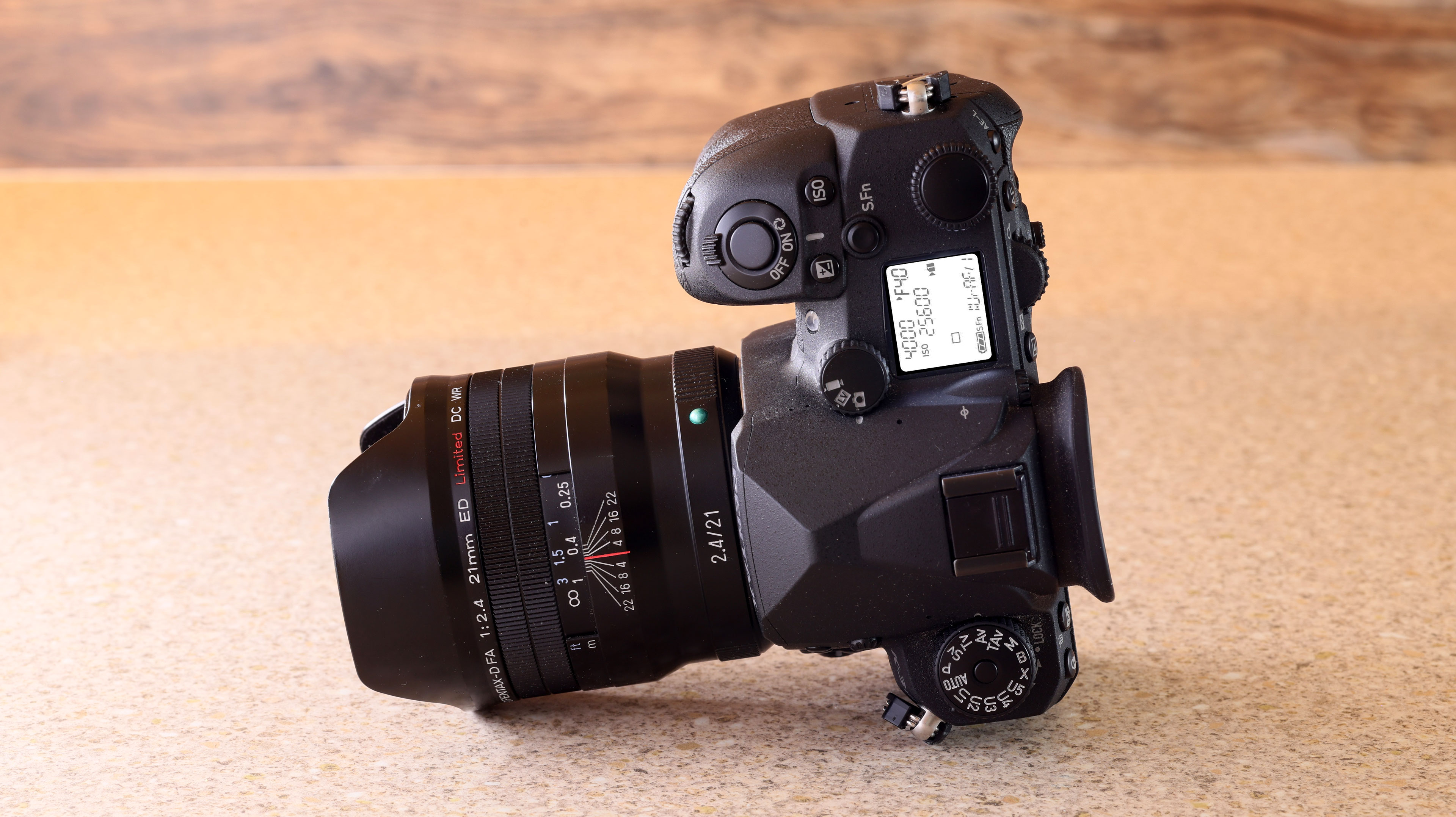
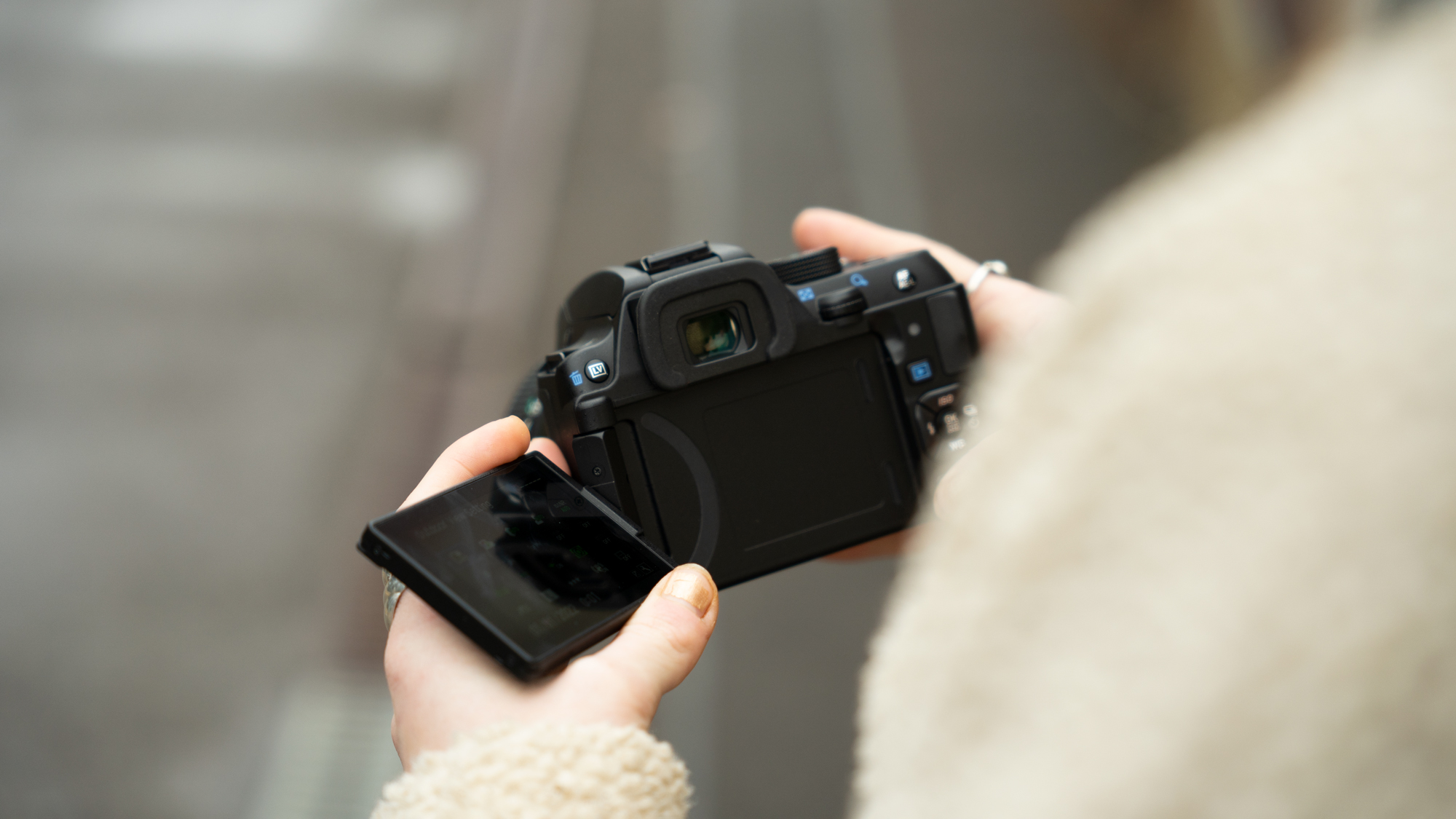
Best Pentax APS-C camera
Specifications
Reasons to buy
Reasons to avoid
✅ You prioritize low-light shooting: It has a high ISO ceiling and effective stabilization that enables slower shutter speeds handheld.
✅ You want fast-paced shooting: The 12fps burst rate of the K-3 III is top-tier for Pentax cameras.
❌ You want something cheap: The K-3 III was bewilderingly overpriced at launch, and while things have calmed down, it's still pricey for APS-C.
Launched in March 2021, the Pentax K-3 III provided more proof, if proof were needed, that Ricoh is sticking to its word of not making the switch to mirrorless cameras. The camera is equipped with a sensor that pushes up the resolution very slightly from the previous K-3 model, going from 24MP to 25.7MP – and this is powered by a processor that offers an impressively high ISO rating of 1,600,000. The in-body image stabilization promises 5.5 stops of shake compensation – and there are two SD memory card slots (one of which is UHS-II compatible).
This is the first K-series camera to feature a touch-sensitive screen – but unlike that of some of its siblings, said screen is fixed and can not be swung or rotated. It is also the first Pentax DSLR to offer 4K video shooting.
On first review, we were distinctly unimpressed with the launch price of the Pentax K-3 Mark III, which was set at a decidedly ambitious $2,000/£1,900. This is pretty ludicrous for an APS-C DSLR, so we're pleased to see it has generally come down even in the relatively short time since the camera's release.
Read more: Pentax K-3 Mark III review
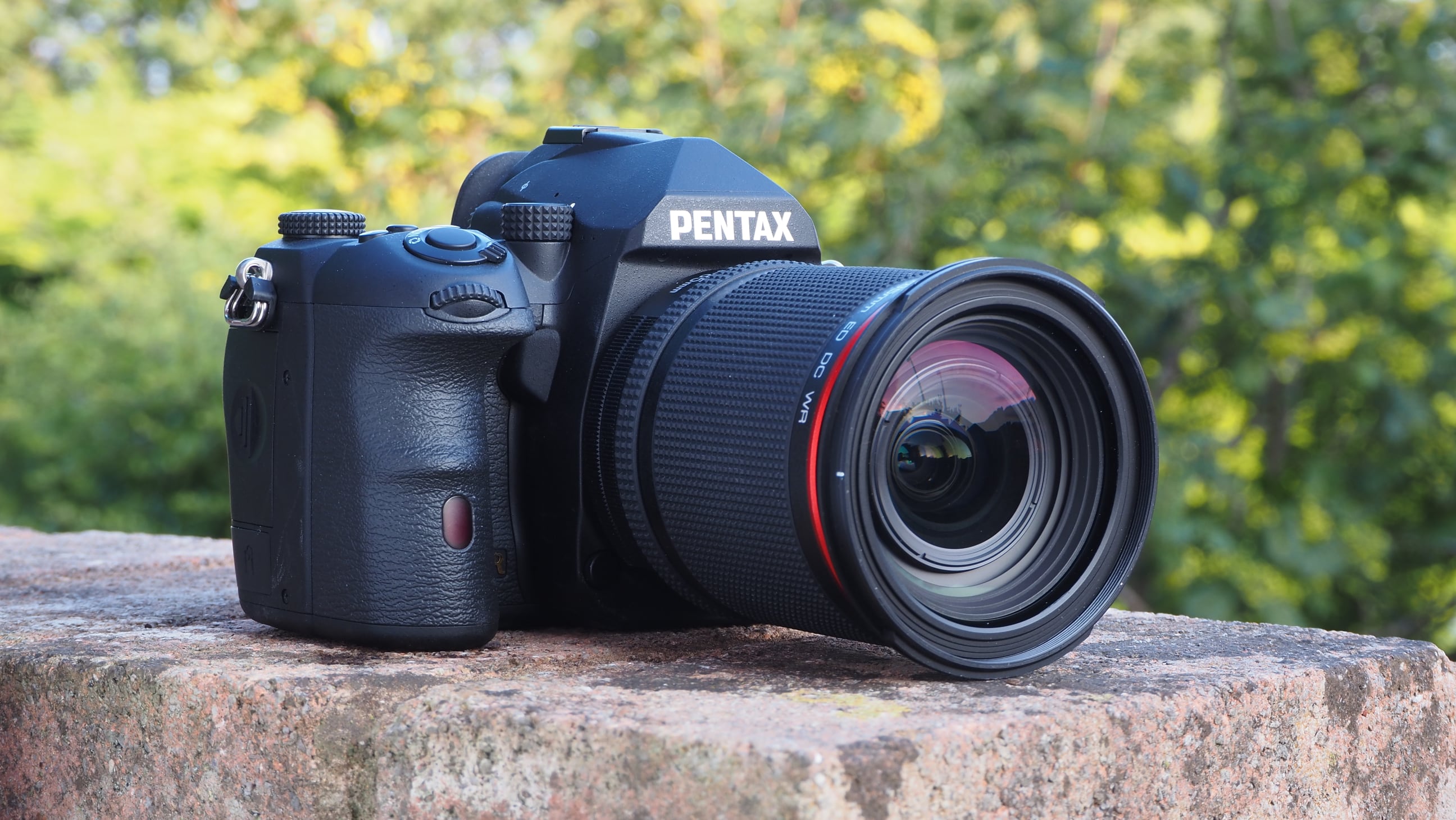
Best cheap Pentax camera
Specifications
Reasons to buy
Reasons to avoid
✅ You don't have the budget for the KF: The K-70 is a similar proposition to the newer KF, with the same sensor.
✅ You want to do a bit of everything: The K-70 is a highly capable all-rounder for photography.
❌ You want long battery life: By DSLR standards, the 480-shot rating of the K-70 is meagre.
❌ You want a new camera: This is another older model you'll have to find second-hand (though prices are very good).
Rugged of build to a semi-pro standard plus smart of design, the K-70 is probably the best all-round Pentax camera enthusiast photographers can buy, by virtue of its weather-resistant exterior being a rarity at its price.
Also handy is an in-body image stabilization (IBIS) system with an equivalent performance of 4.5EV stops, and, for traditionalists, the fact that its optical viewfinder features a nearly 100% field of view. With an 11-point AF system offered, the Pentax uses a hybrid combination of phase-detection AF and contrast-detection AF when shooting using live view.
We’re used to mirrorless cameras offering a modest battery life, so the 480 shots delivered here seem fair, though it’s a little disappointing for a DSLR. Still, combine this with a variable angle LCD and pictorial output that requires very little in the way of adjustment, if any, and the K-70 reveals itself as one of the more reliable and consistent DSLRs you can buy.
Read more: Pentax K-70 review
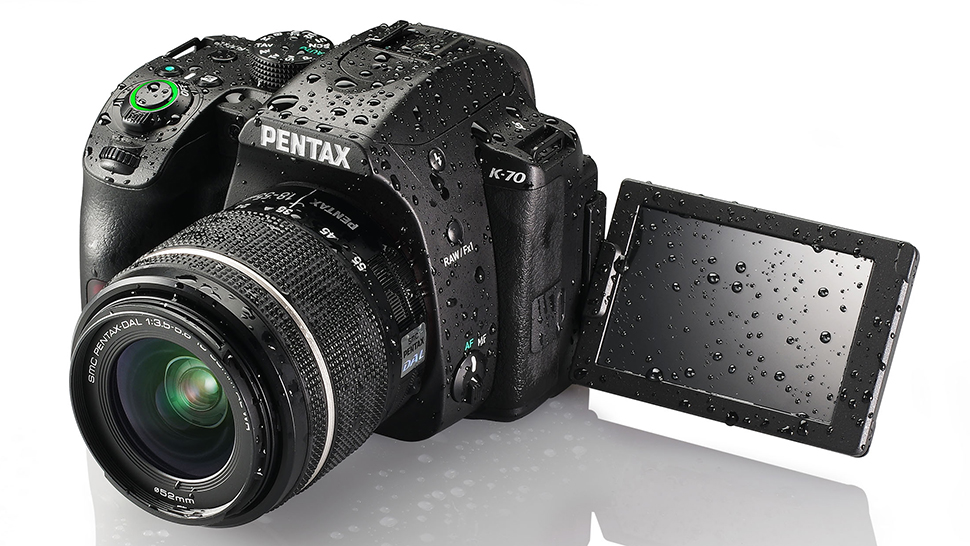
The best medium format Pentax camera
Specifications
Reasons to buy
Reasons to avoid
✅ You want maximum image quality: With its large-format sensor, the Pentax 645Z produces stunningly detailed images.
✅ You want an optical viewfinder: While it's outclassed by mirrorless medium format rivals, none of them have the G45Z's beautiful optical finder.
❌ You want a new camera: Now discontinued, this is one you'll have to pick up second-hand.
❌ You want the latest tech: An older model, the 645Z lacks features like built-in stabilization.
If it’s a high-resolution Pentax camera you need above all else, you’ll be pleased to learn that this medium format option handles a bit like a bigger version of Pentax’s K-3 DSLR – which means it’s not overly daunting for those making the step up.
The 645Z, which replaced the earlier 645D, is solid in feel and weather-proof in build, so it doesn’t mind a spot of rain, while it is also one of the more affordable MF cameras available. It's flexible too, allowing for up to 10 Raw files or 30 high-quality JPEGs to be shot at its maximum capture speed of 3fps. While that’s not a match for a high-end DSLR, most people won’t be buying a medium format camera with speed as a priority, but rather resolution.
Creative flexibility extends to being provided with a tilting 3.3-inch screen here, which is both capable of live view capture and aiding and abetting the recording of Full HD movies, for which a stereo microphone port is provided.
There are also, usefully, two SD card slots for dealing with all that data. If it’s a more approachable and slightly more affordable medium format camera you’re after, the well-received 645Z ticks many boxes.
Unfortunately, the Pentax 645Z has now been discontinued, but is still available on the second-hand market. We have heard in the past some rumors about what a successor to the Pentax 645Z might look like, but nothing is confirmed yet.
Read more: Pentax 645Z review
How to choose the best Pentax camera
Choosing your ideal Pentax camera is a little easier than with other brands, as Pentax's lineup is limited by comparison. Pentax also only makes DSLR cameras, so you don't have the DSLR vs Mirrorless question hanging over your decision-making.
Picking the perfect Pentax camera depends on what you love to capture. If you enjoy taking landscapes or portraits, then a bigger sensor with a higher megapixel count is the way to go. If you take a lot of sports and wildlife, then a high shutter speed and an APS-C sensor with its increased reach might be a better solution for you.
Looking for a Pentax camera as a videographer? You might not have picked the best brand, and although some of the Pentax cameras above are capable of video, you might be best looking at the best camera for video.
And let's not forget the budget! From the beginner-friendly Pentax K-70 to the pro-level Pentax K-1 Mark II, the best Pentax camera is the one that suits both your finances and shooting style.
How we test Pentax cameras
In our evaluation process, we thoroughly examine Pentax DSLR cameras through a combination of real-life usage scenarios and meticulous lab assessments.
With our controlled lab settings, we gauge various factors such as resolution, dynamic range, and signal-to-noise ratio. To measure resolution, we employ ISO resolution charts, while our analysis of dynamic range involves specialized equipment like the DxO Analyzer. Additionally, for noise analysis spanning the camera's ISO range, we rely on the DxO Analyzer as well.
In our practical field tests we take cameras out and put them through their paces in real-world shooting situations, examining how the camera handles, how easy it is to use, and overall our impressions of the image and video quality.
We combine all this data into the review to give a comprehensive overview of each and every camera we test.
FAQs
Are Pentax cameras good for video?
Not really. If you are looking for the best camera for video, your best bet would be to look at mirrorless cameras from other brands. While Pentax's DSLR cameras can shoot video, they are not up to Sony, Panasonic, and co's standards. You'll get better value elsewhere.
Is Pentax still good?
We'd say yes – though of course it depends on your needs as a photographer. If you prefer the DSLR experience of using an optical viewfinder and are happy to compromise on some of the cutting-edge technology only available in the best mirrorless cameras, then you will be very happy with your choice of a Pentax.
Do old Pentax lenses work on new cameras?
Yes, as long as they're K-mount. Pentax has been using the old K-mount on its SLRs since the 1970s, and any lens made for the mount will fit any corresponding camera – though if it's an old lens, you won't get electronic features like autofocus. However, older Pentax DSLRs used the M42 mount, and lenses made for this mount won't fit newer bodies without an adapter.
The best camera deals, reviews, product advice, and unmissable photography news, direct to your inbox!

Gareth is a photographer based in London, working as a freelance photographer and videographer for the past several years, having the privilege to shoot for some household names. With work focusing on fashion, portrait and lifestyle content creation, he has developed a range of skills covering everything from editorial shoots to social media videos. Outside of work, he has a personal passion for travel and nature photography, with a devotion to sustainability and environmental causes.
- Rod LawtonContributor
